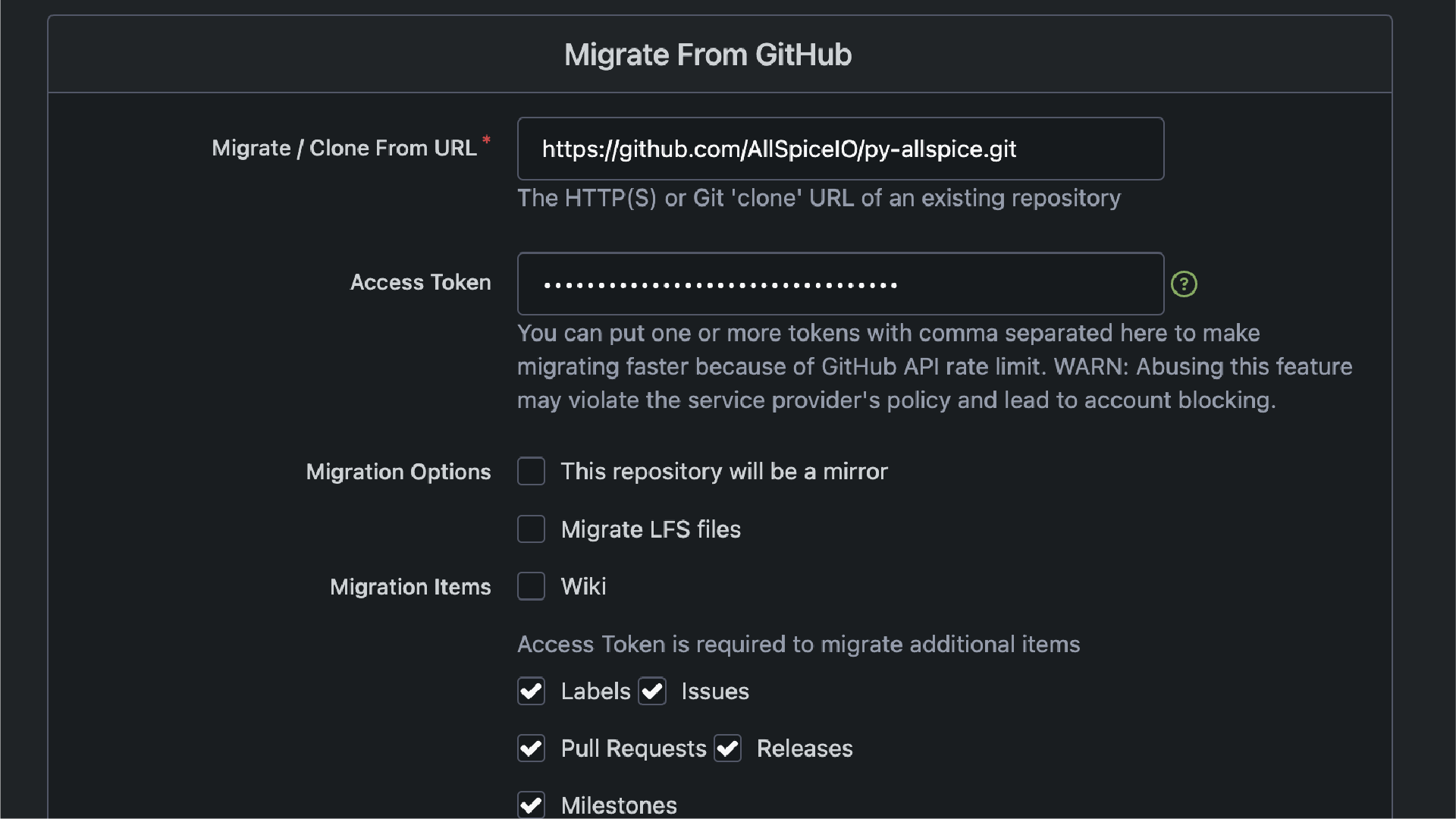Conversation highlights
Tell us about your Git collaboration platform for hardware and electrical engineering
AllSpice is a place where teams can collaborate and manage their revision control, design reviews, releases, and automate their processes with other EE’s, vendors, contractors, or CMs. The most common user teams of AllSpice consist of PCB designers, hardware engineers, and electrical engineers from SMBs to Fortune 500s.
After previously experiencing pain points related to managing and collaborating on circuit designs – where the process was done through PDF exports and emails – the was a lot of motivation to optimize revision control and collaboration for hardware teams.
Can you give us a breakdown of the collaboration aspect of your engineering platform?
Rather than holding traditional meetings for things like design reviews, AllSpice enables teams to collaborate asynchronously. There’s also ticket management, or issues, that can be linked to design reviews to make the experience seamless, among many other features. Electronics Design is a creative process, and opening up all communication channels in an organized, documented way is essential so nothing falls through the cracks.
How does AllSpice cater specifically to electrical engineers and hardware engineers?
Inspired by software principles, AllSpice ensures that EE’s and hardware engineers possess all the assets needed to modernize their workflows. Some are:
- Visually presented schematics and PCBs
- Snippet feature
- Full traceability
- Flexibility
- Reusable templates
- Continuous integration
- Continuous deployment
- Robust API
Tell us about your Git for hardware resources
Allspice has a blog containing best practices, tutorials, and walkthroughs to help teams bring their processes to the next level. Webinars are also hosted and featured on YouTube. Another resource is the free diff tool for electrical engineering. The diff tool automates a redline comparison – essentially showing users changes in components for schematics, printed circuit boards (PCBs), and bill of materials (BOMs).
There’s also breakdown of using Git revision control for electronics design (for beginners, experts, and those in between) with the 80+ page Git for hardware guide.
Listen to the full podcast episode here:
Want to read more about our coverage and thought leadership? Visit our newsrorom.



